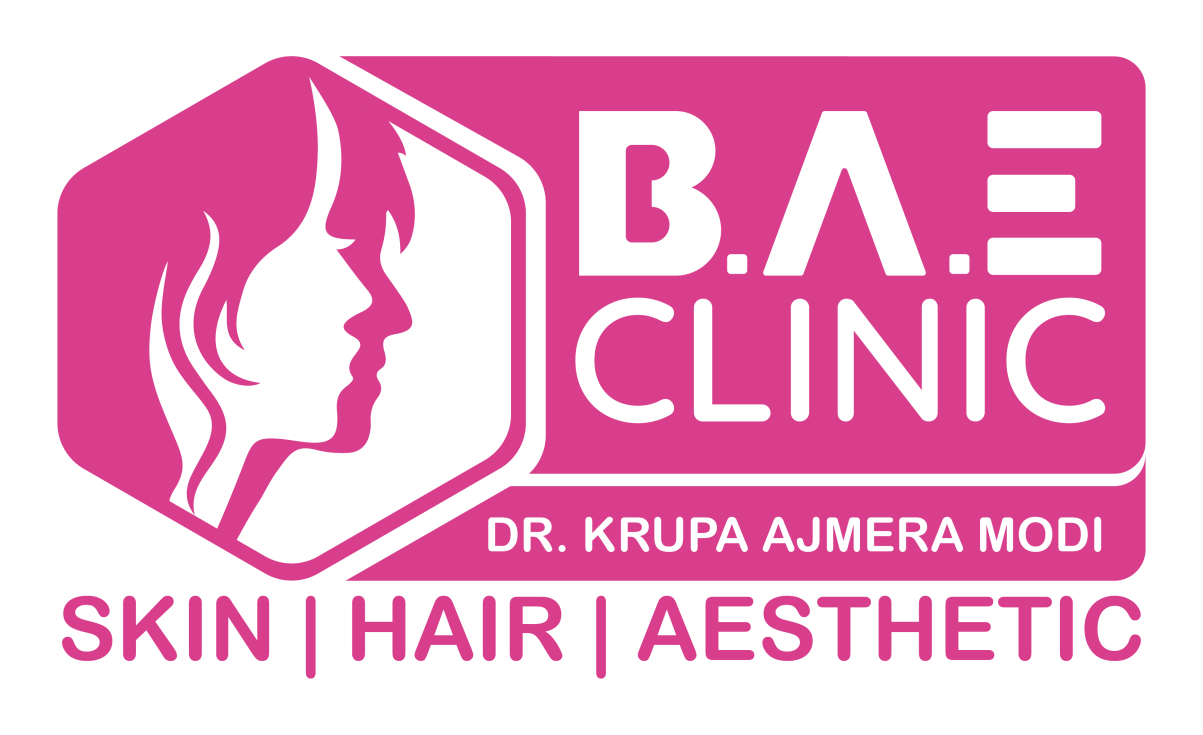
Dermabrasion Treatment in Borivali & Goregaon
Dermabrasion is skin resurfacing that can smooth skin and improve its appearance. It is a procedure that uses a wire brush or a diamond wheel with rough edges to remove and level the upper layer of skin. The treated area heals, allowing new skin to grow in its place. It often is used for facial procedures.
Condition Treated
The procedure can help treat:
- Scars caused by acne, surgery, or injuries
- Fine lines and wrinkles, especially those around the mouth
- Sun-damaged skin, such as age spots
- Tattoos
- Uneven skin tone
- Swelling and redness of the nose (rhinophyma)
- Precancerous growths (actinic keratoses)
Procedure
- As an outpatient procedure, dermabrasion allows patients to go home the same day.
- First, surgeons discuss anesthesia options with patients to provide comfort during the procedure.
- Doctors typically use local anesthesia to numb the area to be treated and a sedative to help the patient relax but not sleep.
- For severe cases, we might use general anesthesia to put the patient to sleep during the procedure.
- The dermabrasion procedure itself can last a few minutes to more than an hour, depending on the size of the area to be treated.
- Some patients might need more than one procedure for deeply scarred skin or large areas.
- In the procedure, the surgeon uses the dermabrasion device to remove as many layers of skin as necessary to minimize the appearance of the scar or wrinkle or remove growths.
- The surgeon applies a treatment after dermabrasion to help promote healing, which can include ointment, a dressing, dry treatment, or a combination of these.
Frequently Asked Questions
What to Expect From Dermabrasion?
During their recovery, patients can expect to:
- Have red, swollen, sensitive skin for several weeks
- Receive medication to relieve pain and/or reduce the risk of infection for a few days after the procedure
- Possibly have a scab or crust over the treated area as it heals
- Have pink skin for up to three months after the procedure
- Return to work and most activities within a week
- Resume more strenuous activities after a few weeks
What are the risks of Dermabrasion?
- You may notice tiny white bumps on the treated skin that usually disappear on their own or with soap or an abrasive pad.
- It might cause the pore to grow larger, but they shrink to normal size after swelling decreases.
- It can lead to bacterial, fungal, or viral infection.
- Your skin may become temporarily darker than normal.
